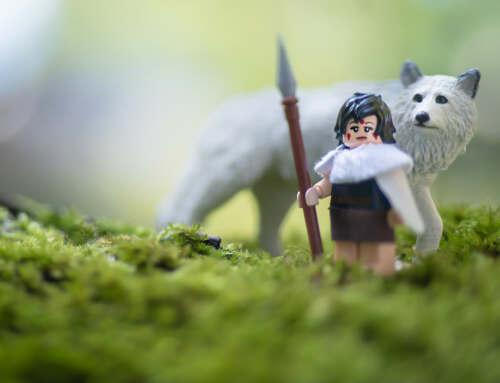Sometimes when I am on Instagram and I see people use certain photo terms I am occasionally left scratching my head and going “Huh?” I never know if it is a case of ignorance or if something is simply lost in translation. So in the interest of clarity I thought I should do a quick explanation of a few basic photo terms so we are all on the same page.
Rule of Thirds: Is simply a guideline to help you compose your photograph. If you view each frame as if is divided into nine section (almost all cameras and phones come with these guidelines that can be easily turned on or off) composing a photo is easier. There is a top, middle and bottom third as well as a left, middle and right third to each phot. The points were these lines intersect are referred to as “power points”. When you are composing an image you want to align your horizon line along the top or bottom third line as well as place your subject near one of the power point intersections. This is simply a guideline and a nice place to start when learning to compose a photograph.
Depth of Field (often refered to as DOF): DOF refers to how much of your image is in focus. If you are using a small aperture (think Ansel Adams and Group f/64) the entire image from front to back will be in focus. This is referred to as a large depth of field. If you are shooting with the lens aperture wide open, like f2.8 – f4 you will have a short depth of field. Blurring the background by using a short DOF is a great way to draw attention to the subject and minimize distractions. (If you are taking photos on your phone check out the app BigLens to achieve a short DOF.)
Leading Lines: Is a strong line within the photograph that leads the viewers eye from an outside edge to the subject matter. You will often see railroad tracks, roads, tree branches used as leading lines. When you are shooting macro photos outdoors there are many interesting options.
Bokeh: Is an effect most often caused by reflected light in out of focus areas of a photograph. Bokeh is common when using a short depth of field. Bokeh can appear circular or hexagonal depending on the type of lens aperture your camera has. (If you are taking photos on your phone there are several apps that you can use to fake this effect like Lenslight.)








Fantastic tips Shelly!!
Wow Matias, you really wen back in time oaths one! I am so glad you like them though. 😀